Cannon Ball Discovered on Nagisan-Maru Father-Son dive buddies Ron & Calvin Leidich were exploring a sunken WWII Japanese Shipwreck on October 30th when they stumbled across an incredible sight. Calvin tugged hard on his father's fin when he spotted an enormous blob hovering over the deck rail of the shipwreck in 87 feet of water. The pair cautiously approached a massive Jellyfish Medusa with an exceptional entourage of juvenile fishes.
The species of Jellyfish Crambione mastigaphora is reported to have an exceptionally painful sting. That didn't stop Ron from placing a hand on the bell, as he understood all the cnidoblasts (stinging cells) were located on the opposite end. Much to Ron's surprise, the bell was thick, tough, and leathery. Of even greater magnitude was the power of this super-medusa, which showed no difficulty in plowing the heavier diver through the water with the rhythmic pulses of its bell. The small fish ducking in between the bell and the tentacles appeared to be juvenile jacks. Much like clownfish, the young jacks possess a mucous coating around the scales which chemically inhibits the firing of the stinging cells. This affords the otherwise vulnerable fish excellent protection for potential predators. The Jellyfish is sometimes called the "Sea Tomato." In portions of its range, the large Jellyfish does appear to be tomato red. However in Palau, the bell is covered with a mesh like pattern of Bluish-Purple ridges. Ron and Calvin had previously encountered this species in the shallows of German Channel and the rock islands of West Ngeruktabel. This was their first encounter with the monster-medusa at depth. Calvin has given it the more appropriate name of "Cannon Ball Jellyfish." The dive buddies are seeking a volunteer to test the toxicity of the poisonous stinging cells, but to date, no one has stepped forward. Photo Credits: Ron Leidich
0 Comments
Your comment will be posted after it is approved.
Leave a Reply. |
Categories |
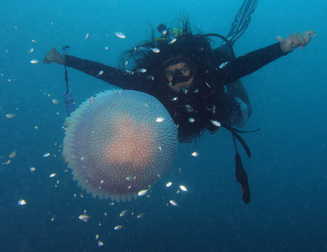
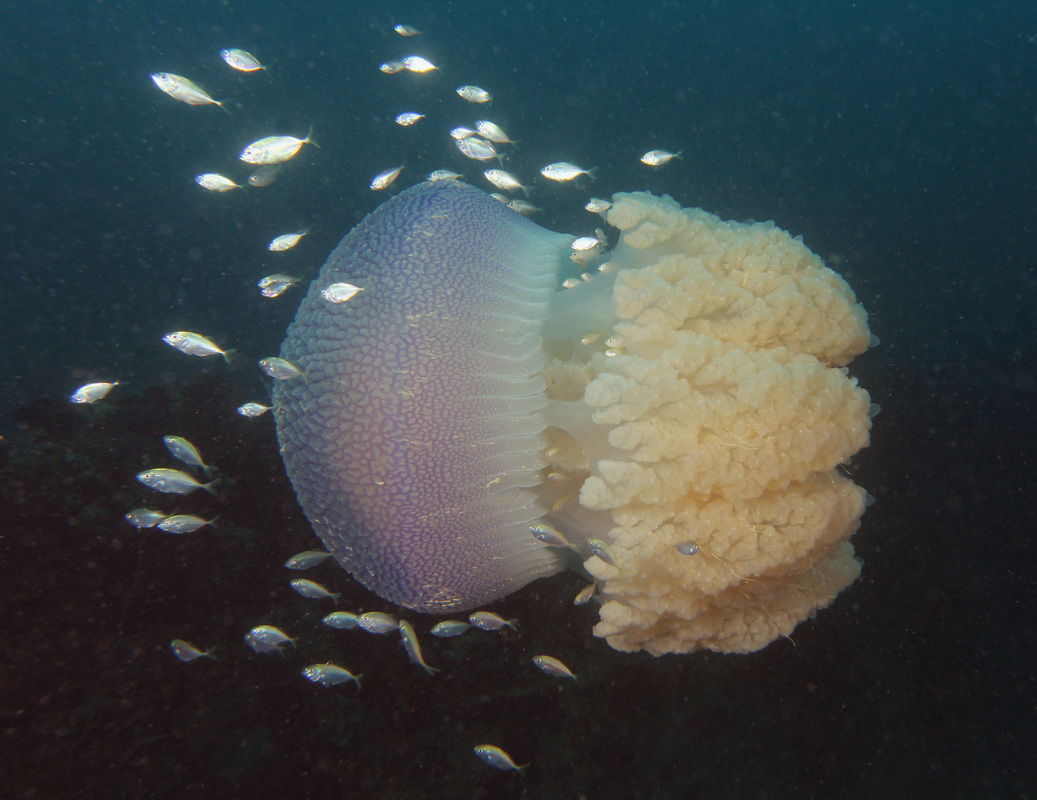
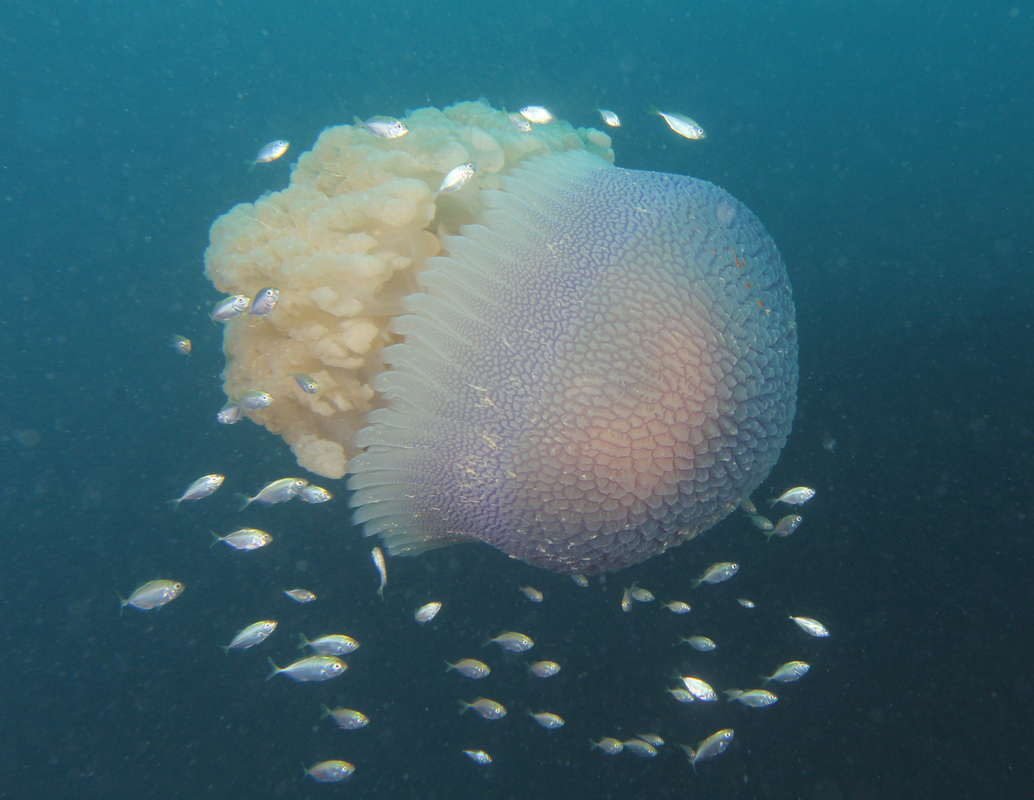
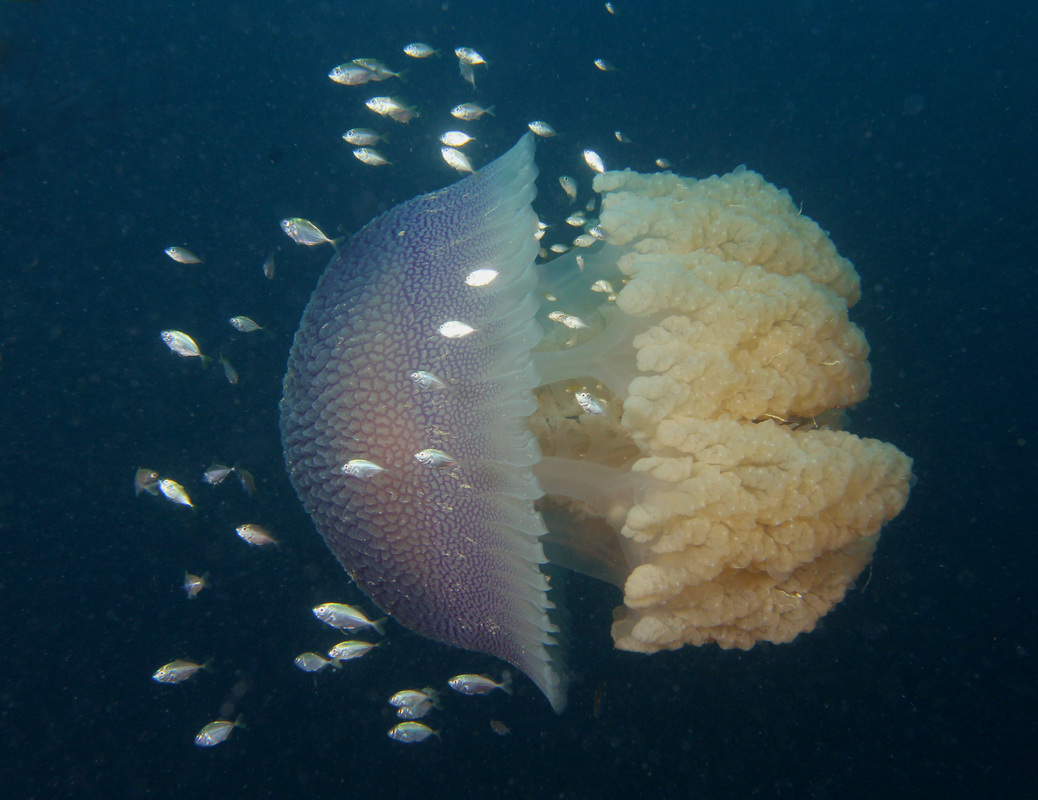
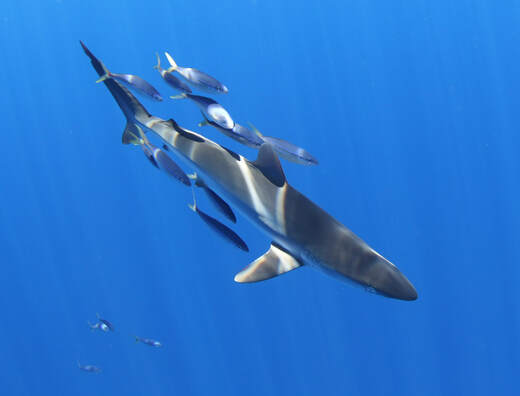
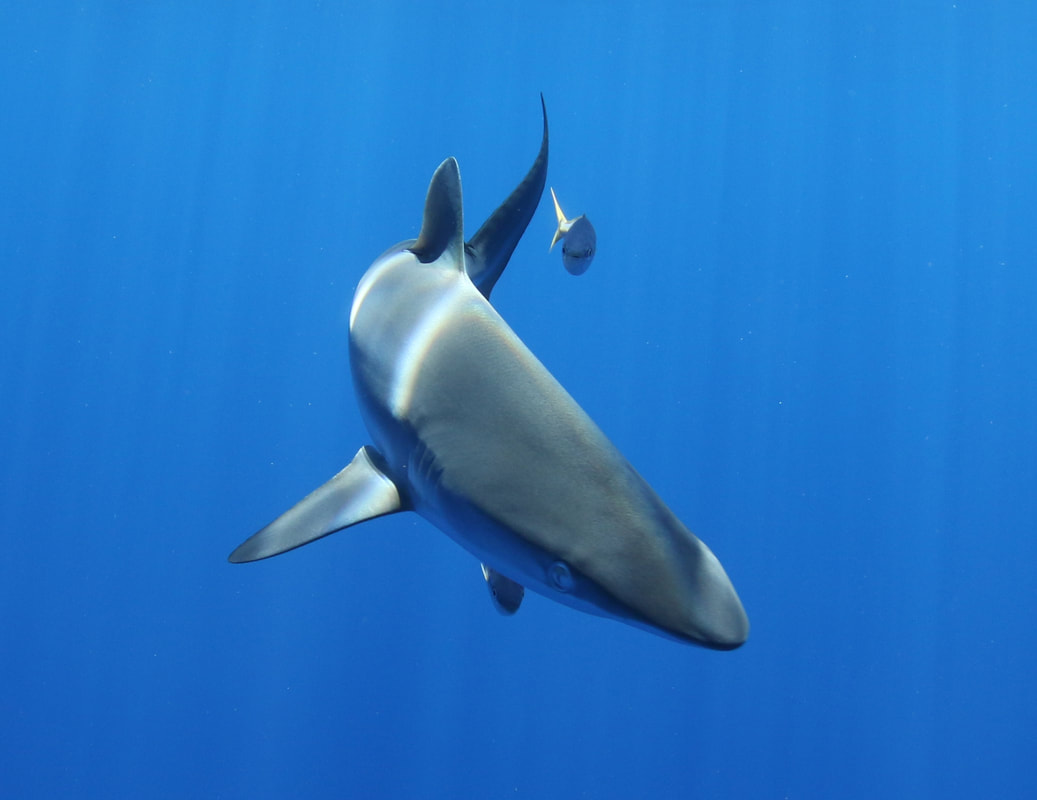
 RSS Feed
RSS Feed